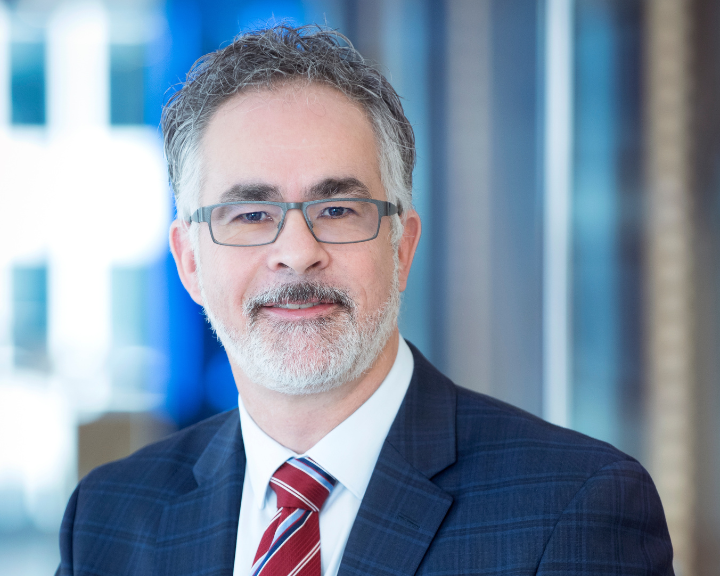Hatch is a global company dedicated to building sustainable solutions for positive change in the world. With expertise in Metals & Minerals, Energy, and Infrastructure, Hatch collaborates with port authorities and cities worldwide to drive infrastructure development initiatives. Their comprehensive suite of services includes master planning, creating intelligent container terminals, landscape architecture, water management, and strategic guidance on climate change adaptation and resilience in port cities. Hatch’s Ports and Terminals team comprises seasoned professionals excelling in fulfilling the functional requirements of port and terminal projects, including initial site selection, master planning, and operational support. They are committed to addressing future challenges by driving terminal modernization, automation, and the transition to alternative fuels while mitigating climate change impacts through decarbonization, adaptation, and resiliency.
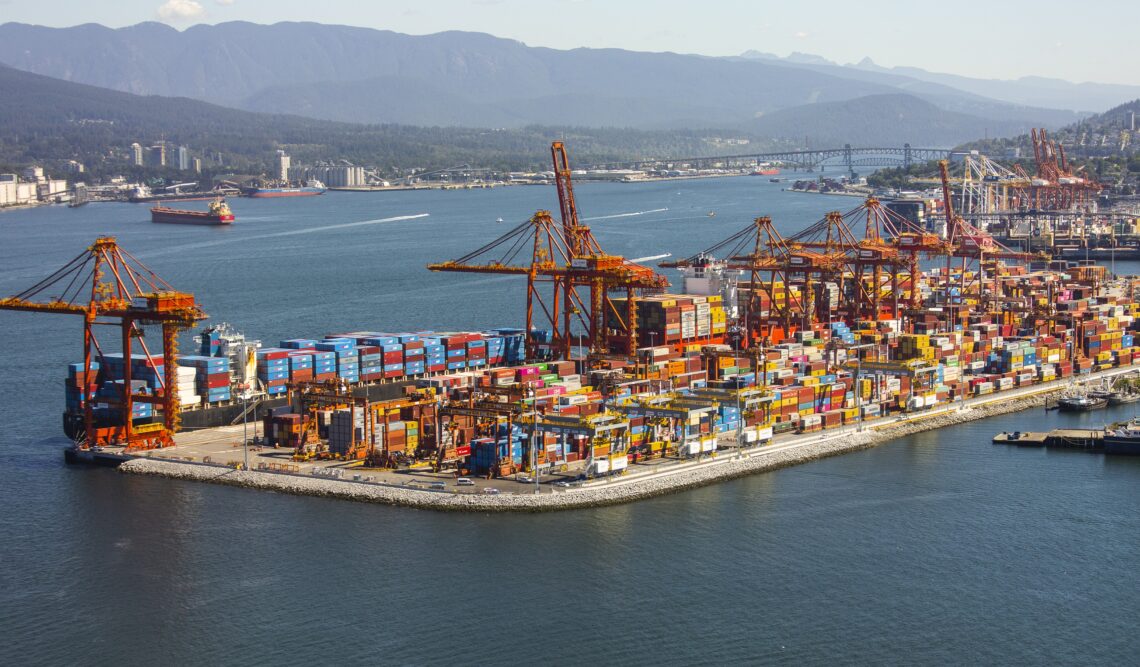
Interview with Nicolas Théberge, Regional Director, Infrastructure, Europe.
Could you briefly introduce your organisation to the members of our international network?
Hatch, a global multidisciplinary management, engineering, and development consultancy, is passionately committed to creating a better world through positive change. We embrace your visions as our own, partnering with you to develop smarter, more efficient, and innovative ideas. Our network of 10,000 professionals operates in over 150 countries, tackling the world’s toughest challenges in the metals, energy, and infrastructure sectors. As an employee-owned and independent firm, we bring our best thinking to your business, collaborating on market strategies, production optimization, groundbreaking technologies, and complex capital projects. Our people are dedicated to long-term relationships and our clients’ lasting success. We are “entrepreneurs with a technical soul”.

What are you looking for in the AIVP network?
There are several compelling reasons why Hatch wants to be more involved in the AIVP (Association Internationale Ville et Port) network.
By joining the world’s leading network of port city development stakeholders, who have high-level representation, we hope to gain access to a large pool of expertise and collaboration opportunities, across different countries and sectors, that offer valuable insights and connections.
Partnering with AIVP means working with diverse stakeholders to support sustainable, responsible, and innovative urban, port, and economic development. Being part of this cooperative ecosystem will enable Hatch to share their expertise and learn from collective knowledge.
A key value that matches Hatch’s people-centric approach is putting the citizens at the centre of its initiatives. AIVP’s ethos also aligns with Hatch’s entrepreneurial mindset. Our aim is that we can actively engage in creating the future of port cities, finding innovative solutions, and driving positive change.
By becoming a member of AIVP, Hatch joins a dynamic community dedicated to improving the relationship between cities and ports.
The port-city interface is a key topic of the Agenda 2030 by AIVP, which includes making the waterfront accessible. As a solution provider, what are some key characteristics that you deem important to include throughout your port city redevelopment projects?
Hatch’s urban solutions team can communicate urban and climate transformation strategy and evidence-based proces with the C-suite and their stakeholders, and our ports and terminals team can link technical/operational needs with high-level strategy.
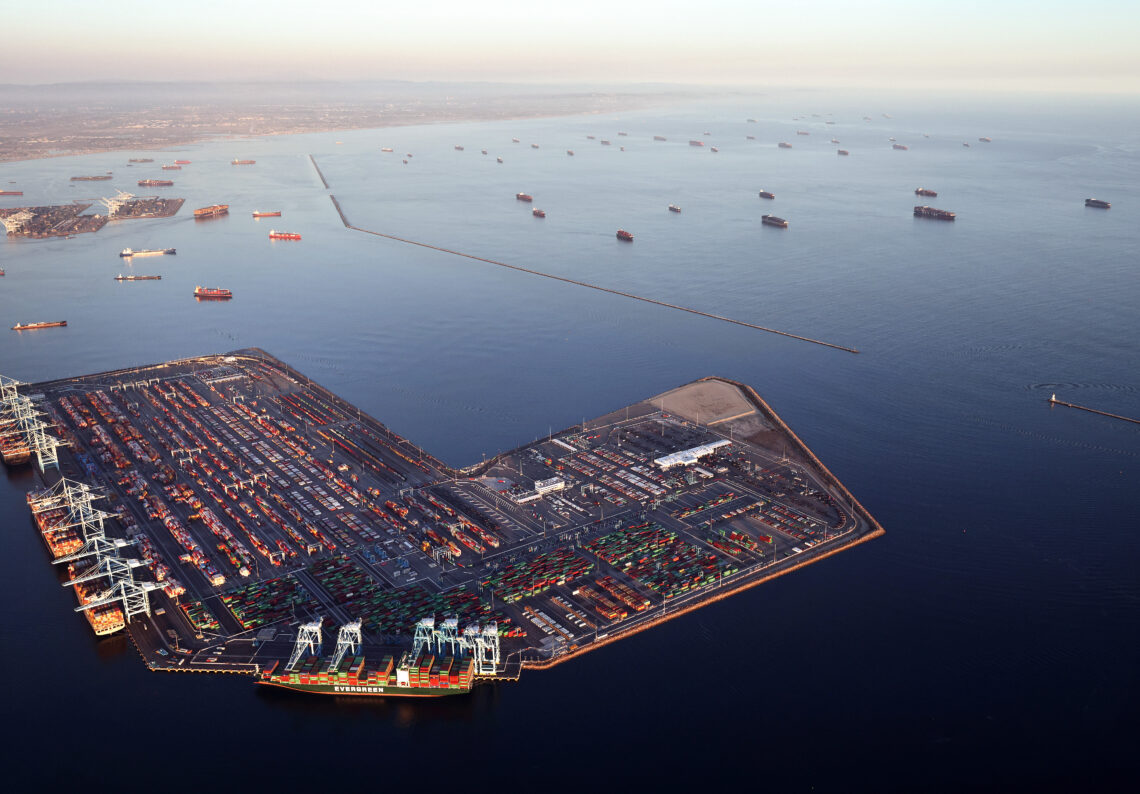
We use our “Great Places Process” to deeply understand a place through analysis and engagement. With our clients and stakeholders, we create a collaborative vision that delivers aspirational outcomes. Our place work encompasses strategies and frameworks, major activations, tactical urbanism, governance, and resourcing plans through to incredible urban design outcomes for both private and public sector clients.
For example, we helped Sydney Harbour’s only deep water port reshape its port-city-interface and catalyze growth for the blue economy through maritime and waterfront placemaking. Hatch created an integrated and optimised port with a vision for mixed-use maritime-related urban development and placemaking. The project included long-term vision and phased options to embrace the ‘blue economy’, environmental, sustainability and future technology concepts. To deliver this engagement, Hatch also created a plan for engaging and consulting stakeholders that involved Port Authority customers, community groups, government agencies and internal executives. This plan helped to determine the basic needs and expectations of different groups that contributed to the development of a future strategy that accommodated various interests.
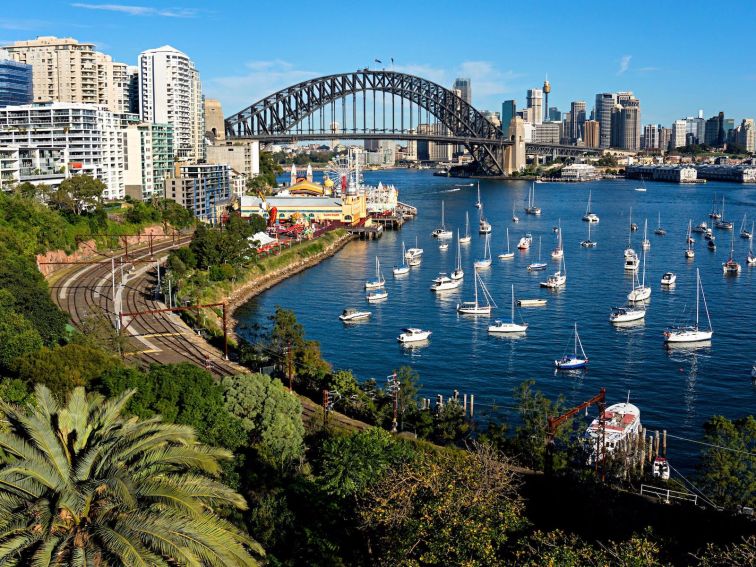
Another example is the revitalization of Belfast’s historic harbour and wider riverfront, among Europe’s largest waterfronts. Hatch identified strategic and highly localized investment opportunities within the harbour, leveraging dormant assets and existing attractions, as well as potential funding sources aligned with established government priorities. We supported on-site workshops to engage local stakeholders, gathering key insights and building community support. In collaboration with Schulze + Grassov, we integrated socio-economic insights into a broader spatial vision, informing potential design, placemaking, and development interventions based on their capacity to catalyze investment and deliver social impact. This ambitious vision for one of Europe’s largest waterfronts, promotes catalytic investment in the public realm and placemaking to drive private sector investment, enhance community wellbeing, and build climate resilience.
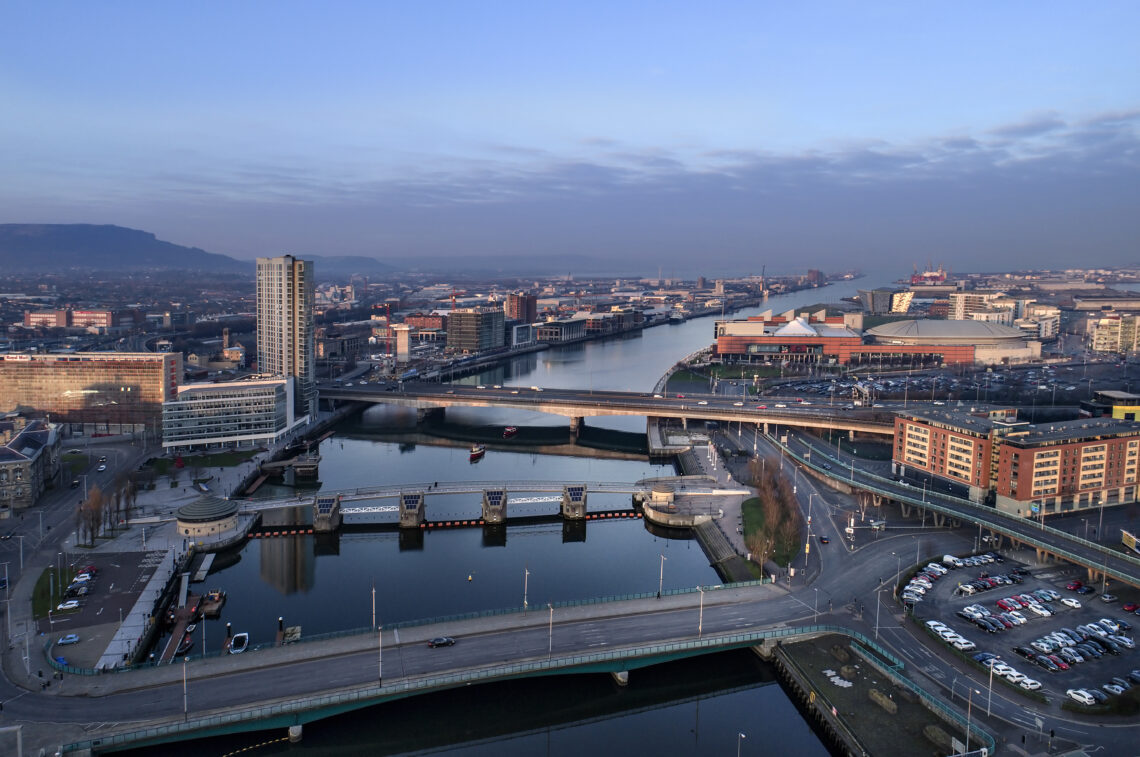
How do you incorporate sustainability into your projects that are related to ports and cities?
In a world of shifting climates, ensuring the longevity of ports and terminals infrastructure demands resilient solutions. Our adaptation planning experts prioritize location-specific climate challenges and assess risks beyond engineering. We collaborate with asset owners to develop road maps for medium and long-term decarbonization of terminals as well as ports as carbon producers. Hatch contextualizes the required actions through clarification of present and future risks, proposing mitigation strategies, and integrate holistic adaptations that consider social, environmental, and economic factors. Our approach embeds these actions into ongoing operations and governance, ensuring the long-term resilience of ports and terminals infrastructure against the effects of climate change.
We can also help you enhance port stability and sustainability by leveraging our coastal expertise. This includes analyzing coastal climate, collecting metocean data, assessing ship motion, and designing protective structures. We focus on adaptation planning and navigation simulation, which promotes environmentally friendly solutions like living shorelines. Our approach minimizes environmental impact and maximizes operational efficiency, benefiting both ports and infrastructure assets.

